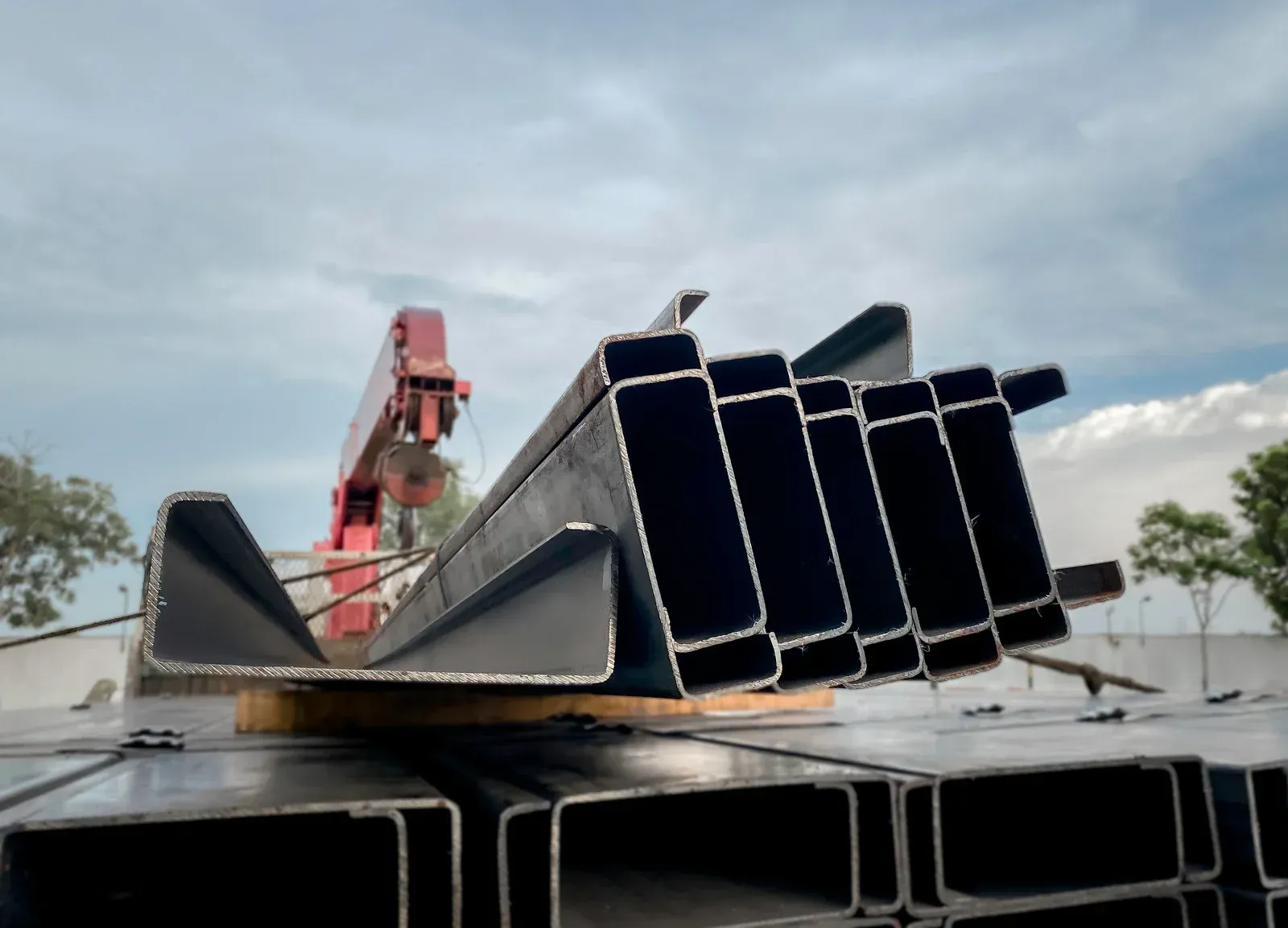How Bar Rolling Differs From Other Metal Forming Methods: What You Need To Know
Metal forming methods play a vital role in shaping raw materials into products that suit industrial needs. Each technique brings unique benefits, and bar rolling stands apart for its ability to produce consistent shapes with speed and accuracy. Understanding how bar rolling differs from other methods helps businesses choose the right approach for their projects.
The Concept of Bar Rolling
Bar rolling involves passing heated metal through rollers to reduce thickness while shaping it into bars of specific sizes. The method applies high pressure evenly across the metal, creating a uniform cross-section with smooth surfaces. Because the rollers control both dimension and finish, the final product comes out highly consistent, making it suitable for large production runs.
This process differs from simple bending or pressing techniques that reshape metal without changing thickness. In bar rolling, both shape and size undergo adjustment, which makes it more versatile for structural and manufacturing uses.
Efficiency Compared to Forging
Forging relies on hammering or pressing heated metal into shape. While forging creates strong components, it often requires more labor and additional finishing steps to achieve a smooth surface. Bar rolling, on the other hand, produces parts with greater uniformity in less time. The rollers compress the metal evenly, leaving fewer irregularities and reducing the need for further processing.
Industries that demand high output often prefer bar rolling because it maintains both speed and consistency. Forging works well for specialized parts, but it cannot match the production efficiency of rolling for long bars and bulk materials.
Advantages Over Extrusion
Extrusion pushes heated metal through a die to create long pieces with fixed shapes. Although this method allows for complex designs, it tends to involve higher costs due to expensive dies and slower production rates. Bar rolling offers a more practical choice when industries need simple, strong shapes like square, round, or flat bars in large volumes.
Unlike extrusion, which stretches the metal and sometimes creates uneven grain structures, bar rolling compresses the material. The compression strengthens the internal structure of the metal, giving the bars improved durability and resistance to wear.
Distinct from Drawing Methods
Drawing pulls metal through a die to reduce diameter and lengthen the piece. While this method works for producing wires or very thin rods, it struggles with larger sections that require greater strength. Bar rolling provides better control over thicker bars, producing them with stability and fewer chances of defects.
The even reduction achieved in bar rolling makes it more suitable for heavy construction, machinery, and automotive industries where thicker materials are vital. Drawing has its place for fine materials, but rolling fills the gap for heavy-duty needs.
Why Industries Depend on Bar Rolling
The strength, accuracy, and efficiency of bar rolling make it a preferred choice for steel mills, construction suppliers, and manufacturers. It reduces material waste, lowers costs, and creates bars that perform well under stress. With one process, industries gain high volumes of uniform products ready for immediate use.
Conclusion
Harvey Brothers Inc., located in Cincinnati, Ohio, provides
professional bar rolling services designed to deliver accurate, strong, and cost-effective metal products for industries that demand quality and consistency.



